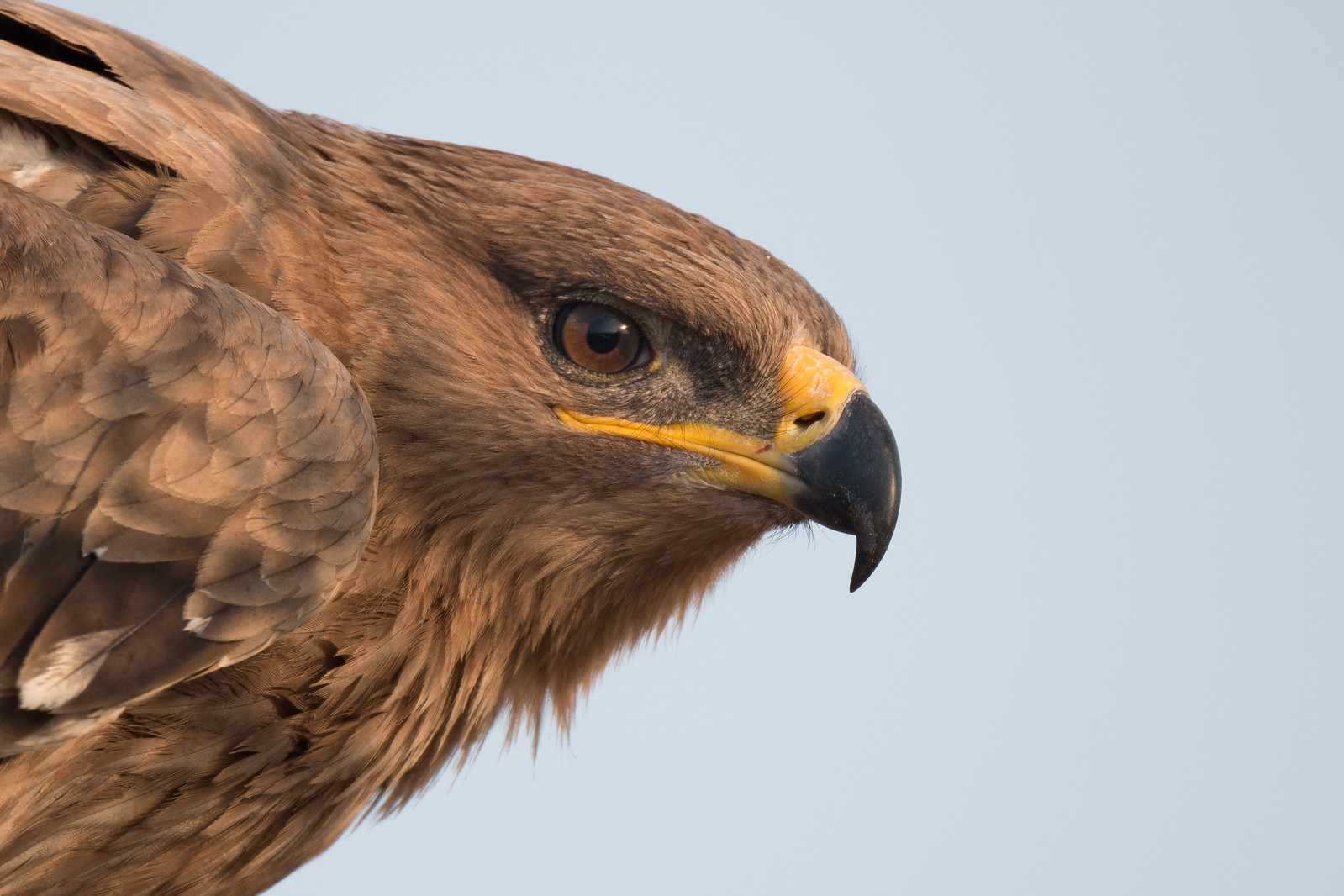 |
| Sharp, Ready and very Steady - the Bigron is quite a Beast |
So yes, the rumours are true. I did get my hands on the new Tamron 150-600mm lens and I gave it a full on field test on the edge of the Thar Desert. First up, it's a pain to refer to it as the Tamron 150-600mm f/5.0-f/6.3 VC Di USD. When Sigma came up with a 150-500mm lens, people promptly dubbed it the Bigma. It's only fair that for a Tamron lens that goes all the way upto 600mm, we find a similar name - the Bigron. Sounds catchy doesn't it? Well if my experience with it is anything to go by, I have to say you'll hear a lot about the Bigron in years to come. Let's not tip the waiter before he brings us our meal though! As I was saying, I did take the lens for a spin at Tal Chappar Wildlife Sanctuary. Let me tell you what I discovered.
What I was looking to test
I'm not a big believer in lab tests. I'm not a big pixel picker either. So if you're looking for MTF charts and data about chromatic aberrations and distortions, there are better reviews for that kind of thing. And hey, I'm not saying those things aren't important. They probably are for many people - it's just that I choose to put my faith on field performance more than anything else. Until now, I've used the 70-200mm f/2.8 lenses from Canon and Tamron and the 100-400mm f/4-5.6L lens from Canon as my primary wildlife photography equipment. Occasionally I've used the Sigma 17-50mm f/2.8 and the Tamron 28-75mm f/2.8 to get slightly wider perspectives. So a new super telephoto, zoom lens had to score highly on the few parameters that have mattered to me until now:
- Handling - ease of use and overall 'hand-hold-ability'
- Build Quality
- Image Quality
- Versatility - ability to create a variety of images
Since I had a work trip to Delhi planned, it made total sense to combine it with some time at Tal Chappar Wildlife Sanctuary - India's finest grassland. It felt like a good place to test the lens. Light is usually pretty good for most of the day, but winters can throw in foggy mornings and overcast evenings and when it's low shutter speed and high ISO time, you're usually also grappling with poor quality of light. Plus, for the most part your subjects are either fast moving antelopes, skittish foxes or birds. So in terms of versatility in subjects Chappar scores in a big way.
Handling and Build Quality
When you think of a zoom lens that goes all the way to 600mm, you'd like to believe a few things. First, "It's got to be expensive." Second, "It's got to be heavy." Third, "The image quality can't be that good." We'll deal with that last one in a bit, but let's address the first two thoughts right away. Here's a comparison table for you to look at a bunch of lenses in the enthusiast category of wildlife lenses. A few caveats - I've got the 300mm f/4 and 400 mm f/5.6 prime lenses from Canon and Nikon in the comparision. The reason for this is that a lot of wildlife photographers who also have an interest in bird photography, use these lenses with or without a teleconverter and to great effect. They also fit the general price bracket between $800-$2500. Second, the prices in the table are from the US. While the prices are quite different here in India, the US prices should give you a sense of proportionality to decide a purchase. Third, I've deliberately not included the 70-200mm 2.8 variants here, because it doesn't just complicate the equation a bit, it's neither a super telephoto, nor really a lens in the same segment. Last but not the least, while I have some Nikon choices in this table, I'm not a Nikon user. So I can't speak for the lens performance on a Nikon mount.
| Lens | Aperture Range | Autofocus | Weight | Weather Sealing | Image Stabilisation | Price |
| Nikon 80-400mm | f/4.5-5.6 | Silent Wave Motor | 1.59kg | No Claims | Yes | $2296 |
| Canon 100-400mm | f/4.5-5.6 | Ultrasonic Motor | 1.38kg | None | Yes | $1699 |
| Sigma 50-500mm | f/4.5-6.3 | Hypersonic Motor | 1.96kg | None | Yes | $1509 |
| Sigma 150-500mm | f/5-6.3 | Hypersonic Motor | 1.90kg | None | Yes | $899 |
| Canon 300mm | f/4 | Ultrasonic Motor | 1.19kg | Yes | Yes | $1449 |
| Nikon 300mm | f/4 | Yes (Noisy) | 1.44kg | None | None | $1369 |
| Canon 400mm | f/5.6 | Ultrasonic Motor | 1.25kg | None | None | $1339 |
| Tamron 200-500mm | f/5-6.3 | Yes (Noisy) | 1.24kg | None | None | $949 |
| Tamron 150-600mm | f/5-6.3 | Ultrasonic Drive | 1.95kg | No Claims | Yes | $1069 |
As you can see the Tamron packs some great features in there. It claims unto four stops vibration compensation (a.k.a image stabilisation) and a silent focussing system. It's weight is right up there alongside the 50-500mm from Sigma, but you've got to weigh that against the 600mm focal length advantage that none of the competitors seem to offer.
 |
| The lens is fairly easy to handhold once you get to terms with the weight |
In general I felt Tamron has come up with a good looking lens. The team here in India handed me a piece without a hood though and with a 95mm filter lens, that's a lot of glass exposed to the risk of accidents. That being said, I can imagine the hood will not just add protection to the glass but also reduce flare which incidentally was minimal. More about that later. You'll notice that the Canon 100-400 which is my current lens is amongst the lightest in the lineup. Yet, I didn't have too much trouble adjusting to the weight of the Tamron. I did have to modify my technique slightly to have the lens use my shoulder or another part of my body for stabilisation. It took a bit of adjustment to get used to panning and action shots, but after about half a day, I think I was doing just fine.
For people used to a zoom ring, the lens primarily uses that design to zoom in and out. You can of course use some force to push and pull the zoom, but the precision is not quite there. A lens of this nature benefits from a full time manual focussing ring and Tamron's thoughtfully added one to fine tune your focus after locking on. Other thoughtful inclusions include a zoom lock that helps guard against zoom creep, especially with extreme telephoto lenses such as this one. You'll find focus limiters on the barrel too; but I rarely used them in the field.
Image Quality and Versatility
The market in India that's looking for a lens of this kind usually wants to walk around with it. Tamron, by accident or design has probably got a decent weight going on this lens for the focal length it offers. The very fact that it's a zoom lens also gives you heaps of compositional freedom to make different kinds of images when in a fast paced, wildlife environment. One of the big reasons I love my Canon 100-400 is because it gives me the ability to zoom in and zoom out from scenes while my prime lens wielding friends are stuck with a single composition. This is gold dust in a wildlife situation where the subject dictates the distance. The Bigron, with its 150-600 focal length range gives you similar flexibility, with the ability to zoom all the way to 600mm at a reasonable aperture of f/6.3.
Now let's not kid around here. This lens will not give you the image quality of say a 600mm f/4. It's also $11,730 cheaper! Heck, in India that's the downpayment for some people's first homes. In fact, you could buy an apartment for that price when I started working. I know you understand this, but I just thought it's worth spelling out just in case you had the wrong expectations.
All this said, the image quality on this lens is probably the best amongst its competition. I hear good things about the new Nikon 80-400, but given the price difference and the fact that Tamron takes you 200mm closer, I'd be inclined to give up the marginal difference in image quality if I were on Nikon. I'm not on Nikon though, so don't take me too seriously. On Canon however, it's an absolute no brainer. There's no lens in the competition that comes close to the range of this lens and it equals just about anything I've seen in terms of image quality. Heck,
Charles MacPherson compares its image quality to the 600mm f/4! Having used the Canon 100-400 for a while now, I have to say that this ageing lens is still a worthy competitor; but if you can deal with the Bigron's weight I think I'd still recommend going with the 150-600.
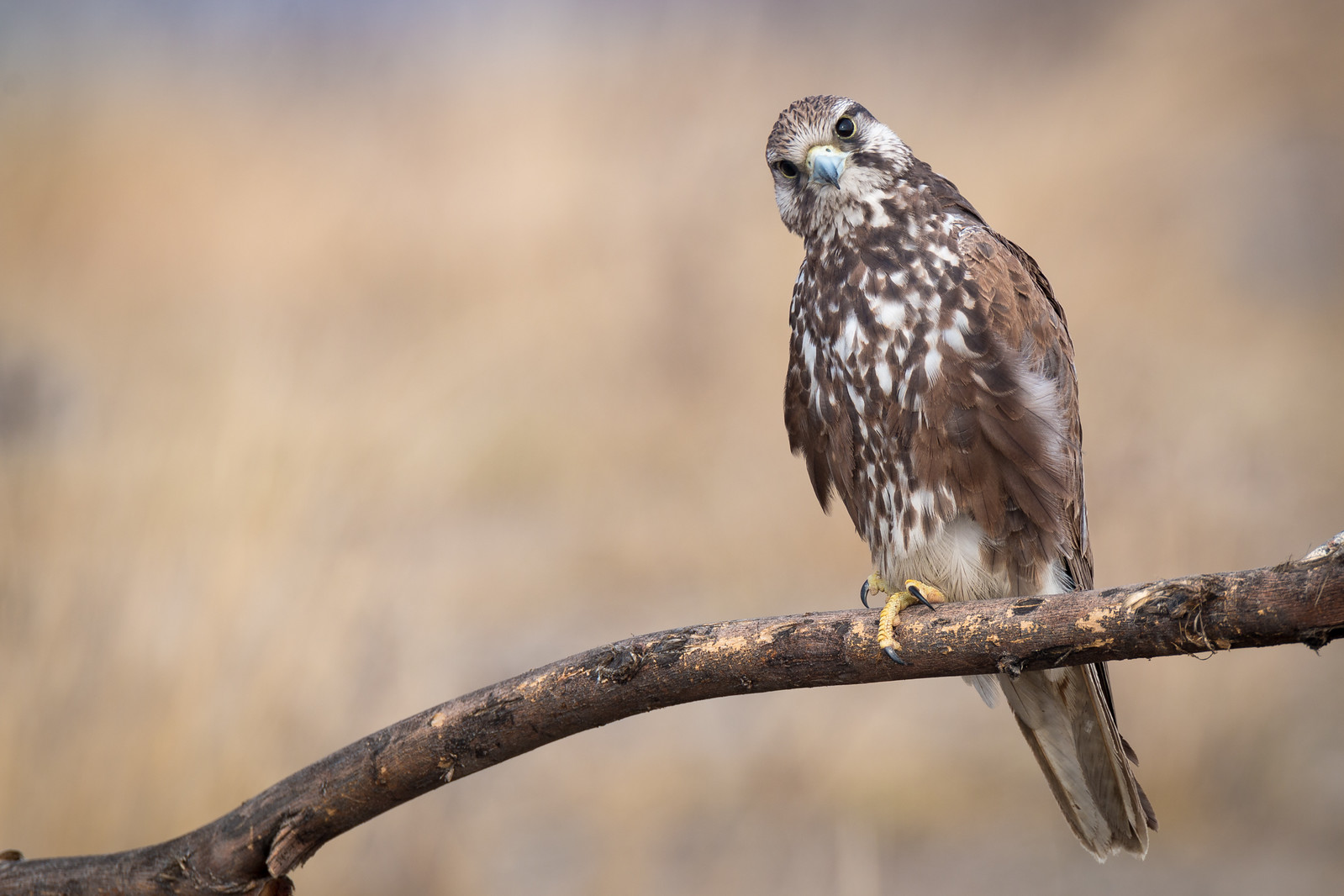 |
| 1/125 sec @ f /8.0, 600 mm, ISO100 |
I was initially concerned that an f/6.3 lens wouldn't autofocus with my Canon 70d. That was out of the way immediately when I used the lens first at the Photo Fair in Mumbai. The lens is sharp at pretty much all focal lengths though I would have liked slightly better sharpness at 600mm f/6.3. That being said, if you stop down to f/8 it goes back to being magical all over again. Again, don't get me wrong. The lens is probably sharp even at f/6.3. From my limited handling (and I'm sure things will get better with time), it feels sharper at f/8 especially at the long end. If you look at the portrait above, you'll see that even at f/8 the bokeh at 600mm can be really pleasing. The cool thing about the lens is that it offers you an f/5.6 aperture upto 410mm and then stops down by a third to f/6.3 right until 600mm. This is quite awesome, because effectively your light gathering ability increases from 400mm to 600mm. Moreover it offers me the same aperture I'd have shot with if I'd used the Canon 100-400mm. So I wasn't missing much from my stock lens.
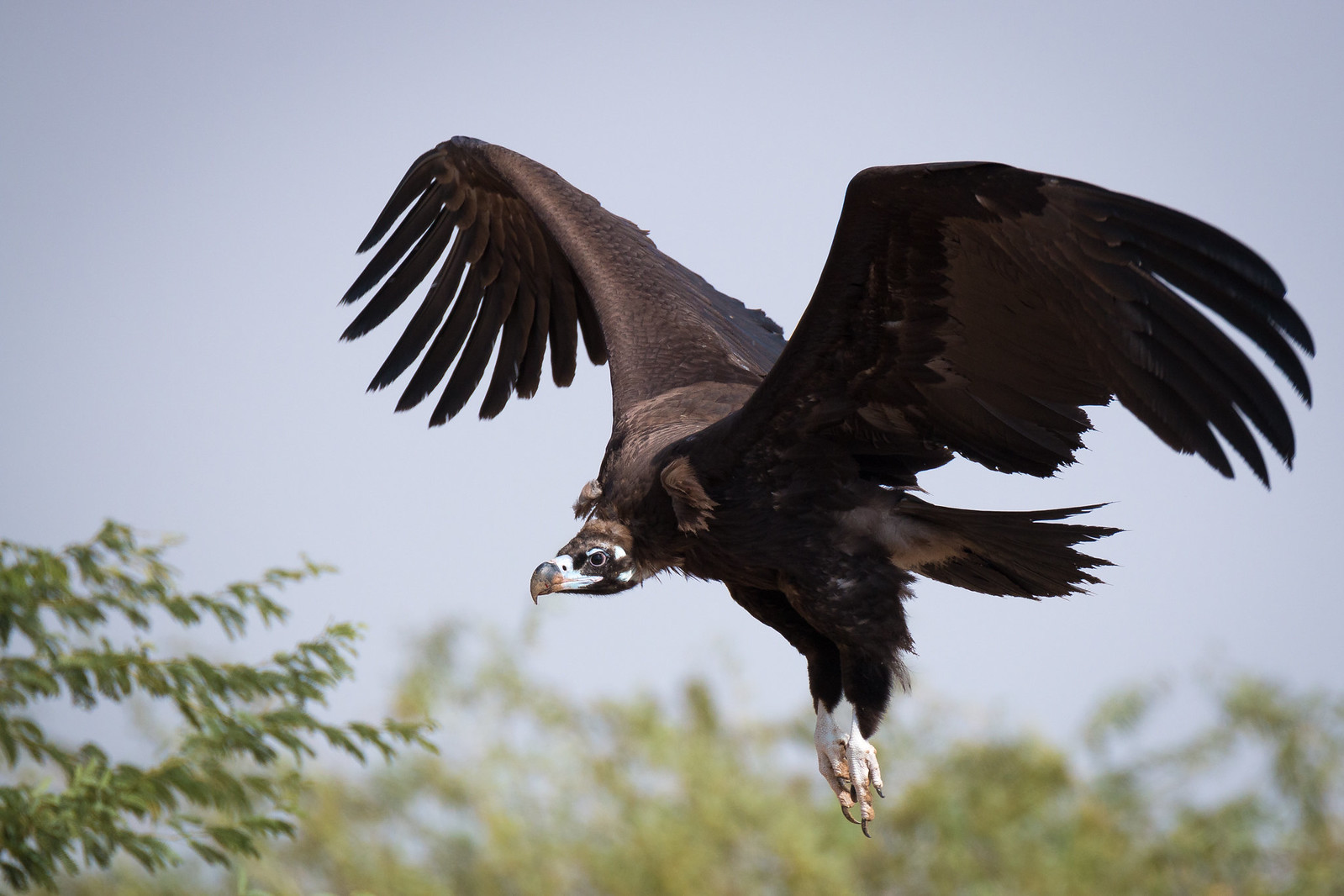 |
| 1/2500 sec @ f /6.3, 500 mm, ISO 400 |
The autofocus is dead accurate and you'll nail your stationary subjects without blinking. More importantly it's a quick and silent focus which in the field is invaluable. Imagine your lens noisily going back and forth trying to lock onto a nervous subject. The Bigron does none of that. Focus locks on in an instant and you're ready to fire away. AI Servo however felt like a different kettle of fish. You've got to understand that at 600mm it's really difficult to lock on to a fast moving subject. So it takes a fair amount of practice to get used to panning and action shots at the longest end. Once you get used to that kind of range and the weight associated with it though, it's actually quite easy to photograph moving subjects.
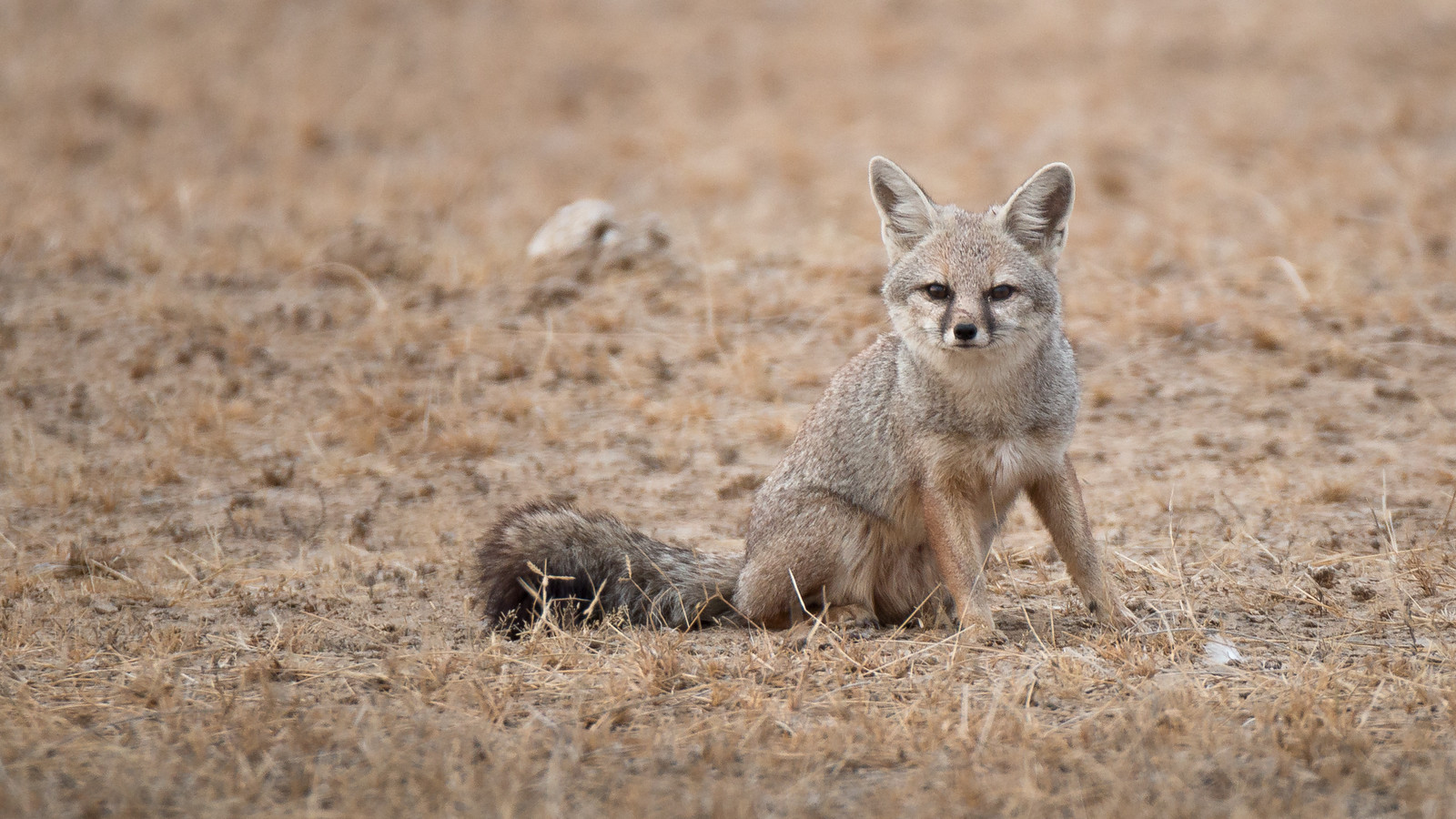 |
| 1/80 sec @ f /6.3, 600 mm, ISO 320 |
The image stabilisation deserves a word too. I'm sorry if all my comparisons go back to the Canon 100-400, but that's been my gold standard right until now. I usually handhold my 100-400 at speeds of about 1/100 or so. If I'm feeling confident or if I've had less coffee to drink then I may even handhold the lens at 1/60. While Tamron claims unto 4 stops of stabilisation, and I have no way of proving whether they're right or not, it's quite evident to me that their vibration compensation tech is really, really good. The fox you see up there is a subject I shot without any external stabilisation, in really poor light, at 1/80. If the results are anything to speak of, the VC worked better than I expected, especially if you consider that at 600mm even the slightest shake feels pronounced.
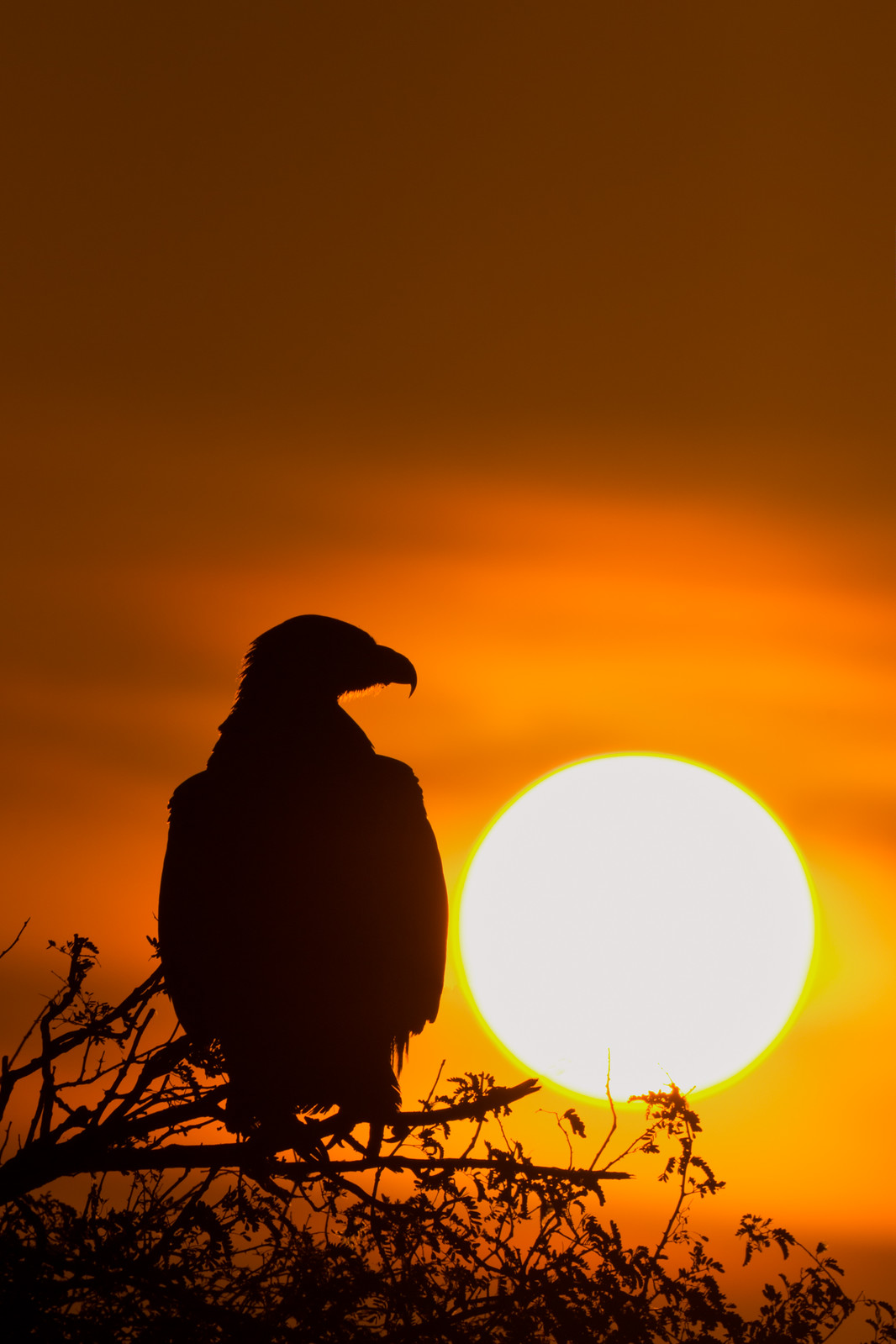 |
| 1/4000 sec @ f /16, 600 mm, ISO 100 |
Additionally the lens performed admirably in all kinds of conditions. Rajasthan is an unforgivably dusty location to shoot in and despite the daily abuse the lens seemed to hold up quite well. While Tamron chooses to stay mum about the weather sealing I'd like to advise caution with any lens that has an external zoom. There's a rubber gasket to guard against dust and moisture near the bayonet mount for the hood; but the front element did accumulate some particles during my test. I have to say though, that this dust didn't interfere with image making. If there's something I'd have desired, it would have been foolproof weather sealing. That said, I always remind myself that this is a $1069 purchase and there's always some extra cash to buy a dust and rain cover for the lens! And yes, the Bigron worked like a charm when cutting out flare. Remember, Tamron didn't give me a hood for this lens. And I love shooting into the sun. If you consider the silhouette above, you'll see the lens handles my shooting preferences really well and gives me a really well defined sun, as against a white blob!
Verdict and Sample Images
All in all, I think the Bigron is no-brainer purchase for anyone on the Canon platform who wants a lens with great image quality and great reach. The fact that it's hand-holdable just adds another dimension to this extreme telephoto. There isn't quite anything in the market yet that beats it on a price-performance comparison. Tamron's 6 year US warranty just feels like an unbelievable icing on the cake. Indian buyers be mindful that this nicety extends only to US customers who also get to pay a much lower price for the beast - you only get a 2 year warranty!
The only pitfalls I'll ask you to be aware of:
- It's a heavy lens, make no mistake. The very fact that I could handhold it doesn't mean that you can as well. Try it out for yourself. I'm not a very big guy though, so I'd like to think this should be a good walk around lens for most wildlife enthusiasts.
- It can be tricky to focus moving subjects due to a combination of the third party AF, the weight and the huge focal length. You'll definitely need to get used to the lens to produce great action pictures.
- I don't believe the lens is very weather sealed. If that is important for you, try the Canon 300mm f/4. Be ready to walk away from a few hundred mm of focal length though.
- At times, the piece I got made a rattling noise when handheld. I'm not sure if this is down to the individual lens or if it's an issue with all the pieces coming through to the market. Handle your piece and be satisfied before you bring it home.
All in all, I'm tempted to give this lens full marks, but that's not possible since I don't really have a standard rating scale on this website. I recommend it highly though and if I could, I'd get one for myself. If my disclaimers don't bother you, then I daresay you'll be a very satisfied customer. As I sign off, here are some sample images from my review and
here's the entire set of images if you'd like to take a look. I've tried to keep my post processing down to minimum for these images, given the nature of this review. While I've shot several hundred images with the lens, I decided to put out just a few of my images for you to review. Feel free to drop in a note if you have any further questions that you'd like me to answer for you.
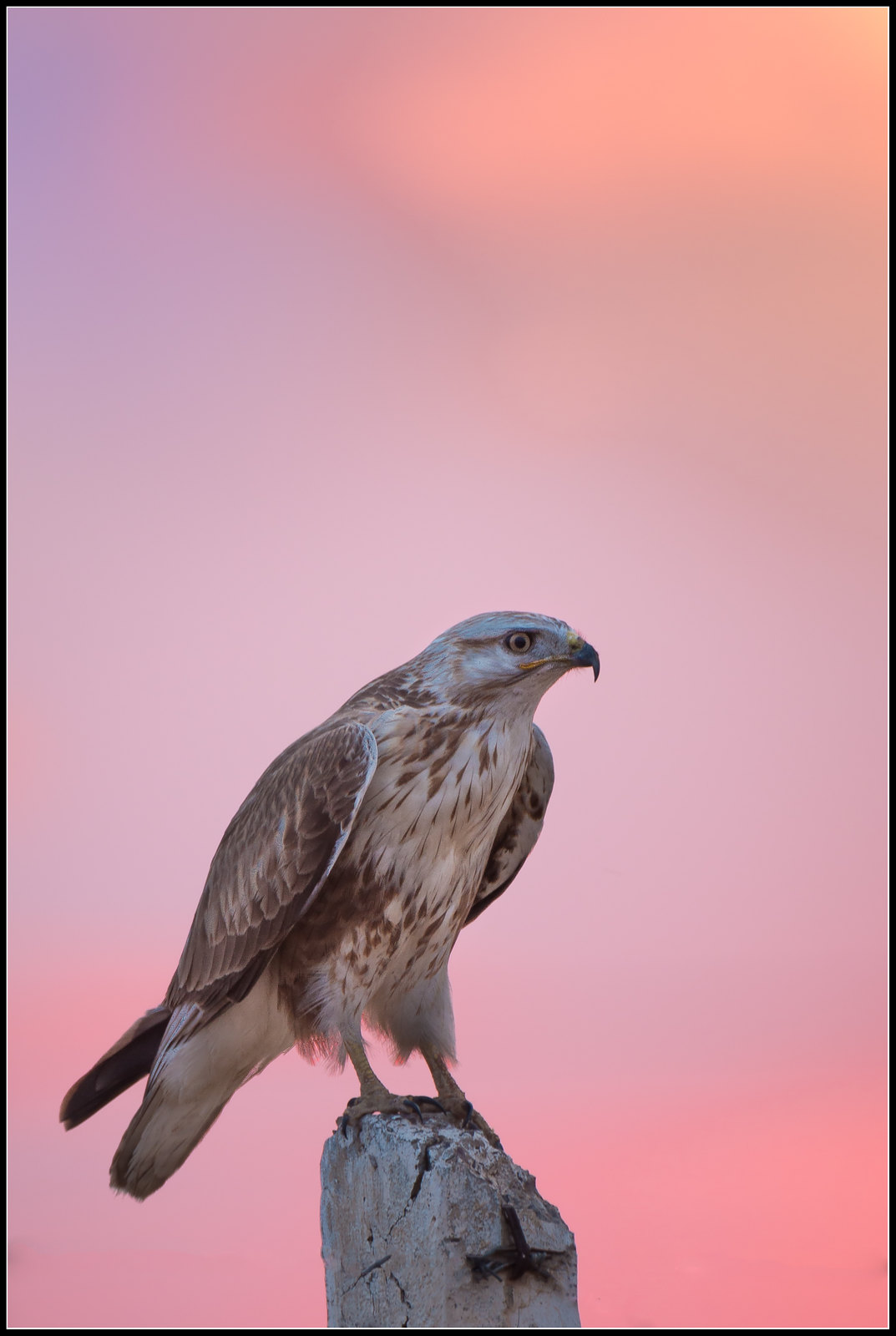 |
1/20 sec @ f /6.3, 600 mm, ISO 100, Bean Bag Stabilised
|
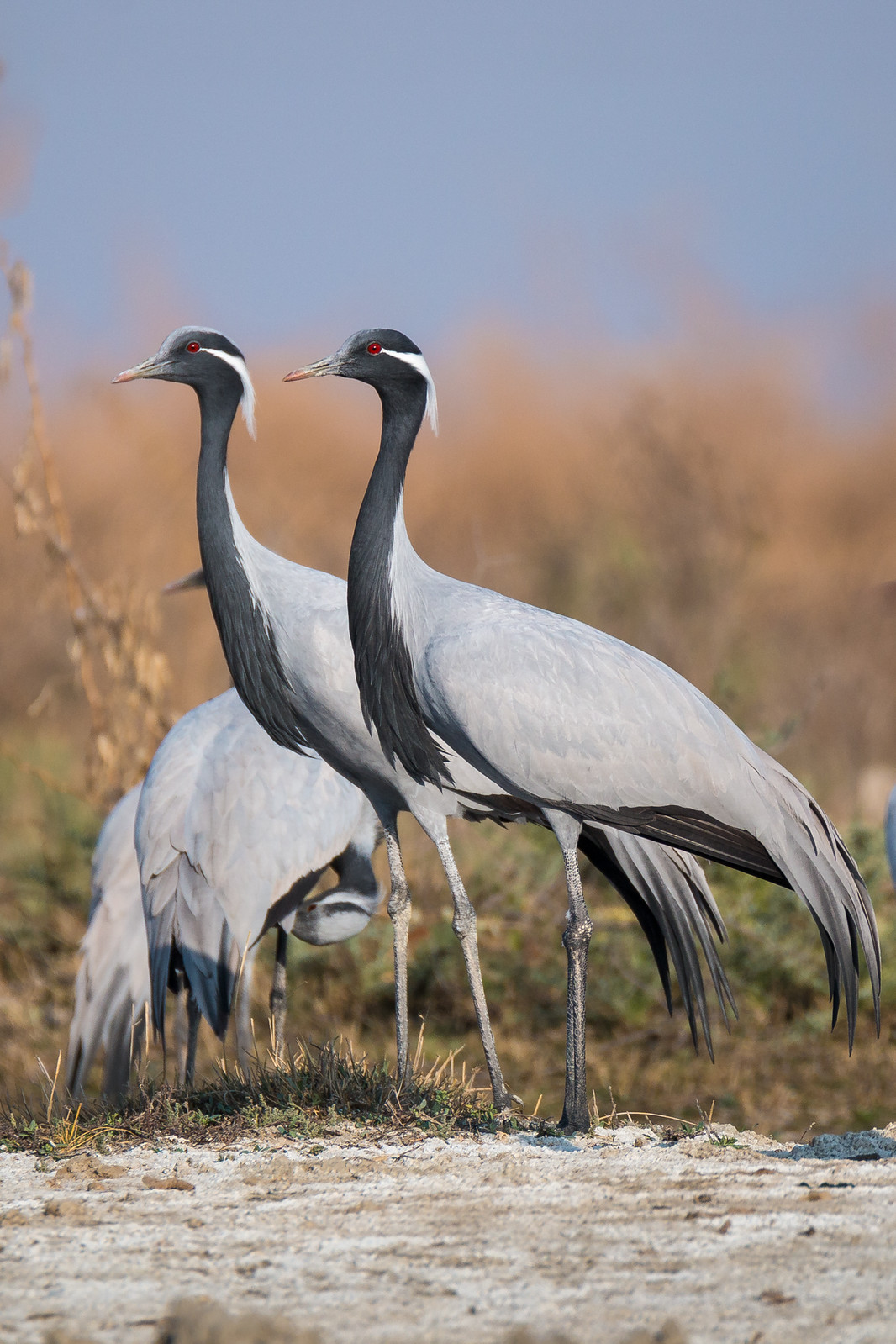 |
| 1/1000 sec @ f/6.3, 600 mm, ISO 200 |
 |
| 1/1000 sec @ f /6.3, 600 mm, ISO 250 |
 |
| 1/250 sec @ f /6.3, 600 mm, ISO 100 |
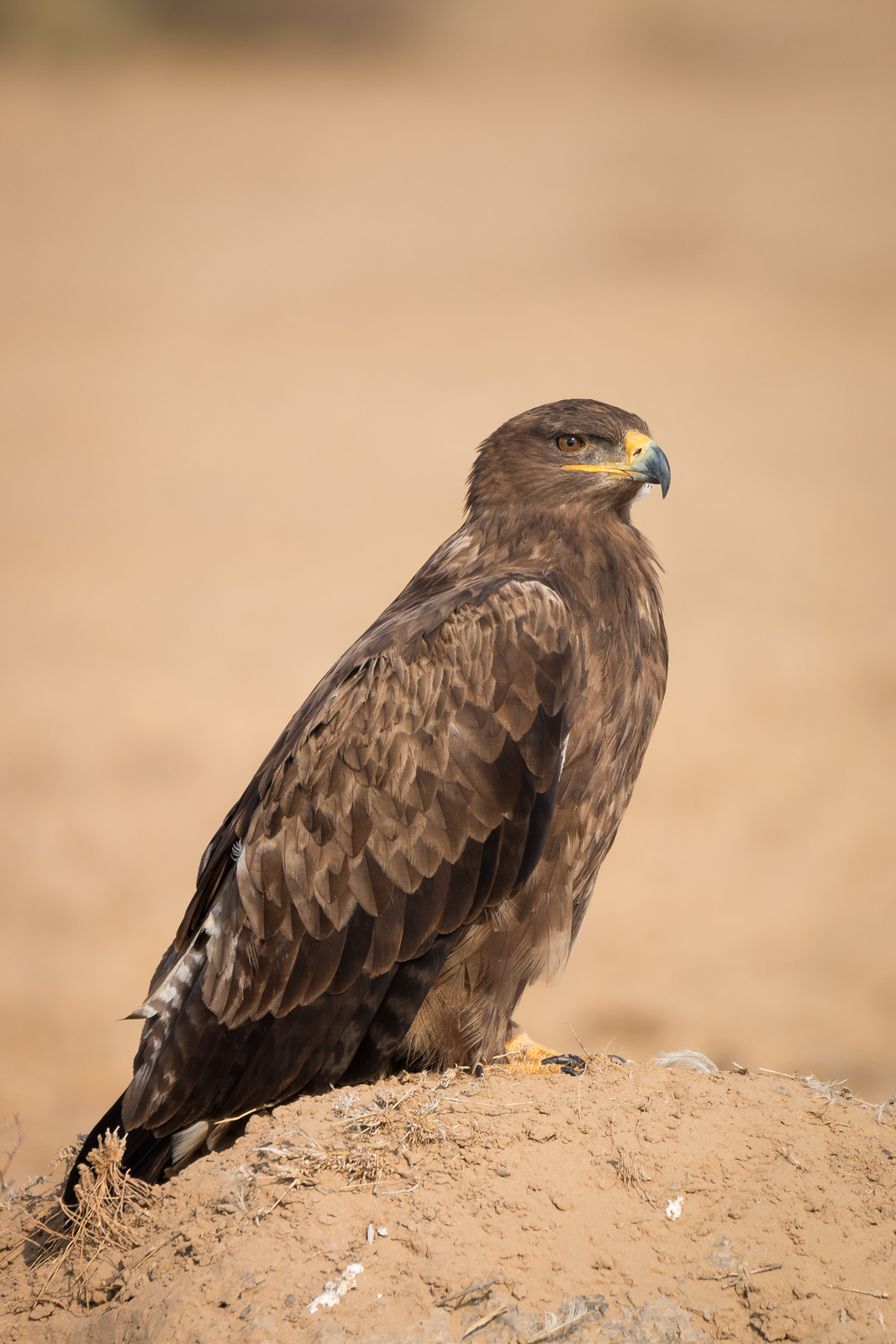 |
| 1/500 sec @ f /6.3, 600 mm, ISO 200 |
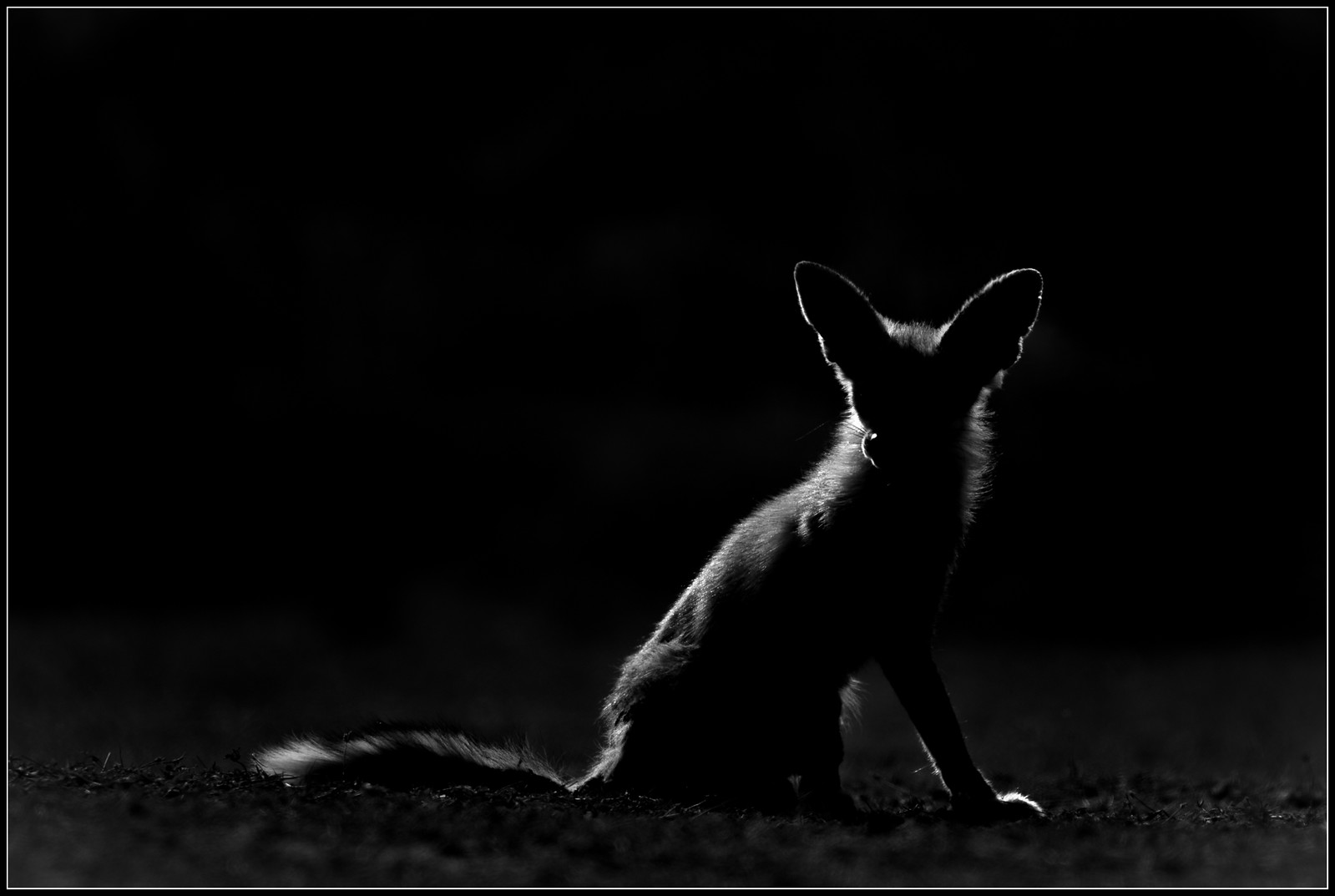 |
| 1/1000 sec @ f /6.3, 600 mm, ISO 500 |
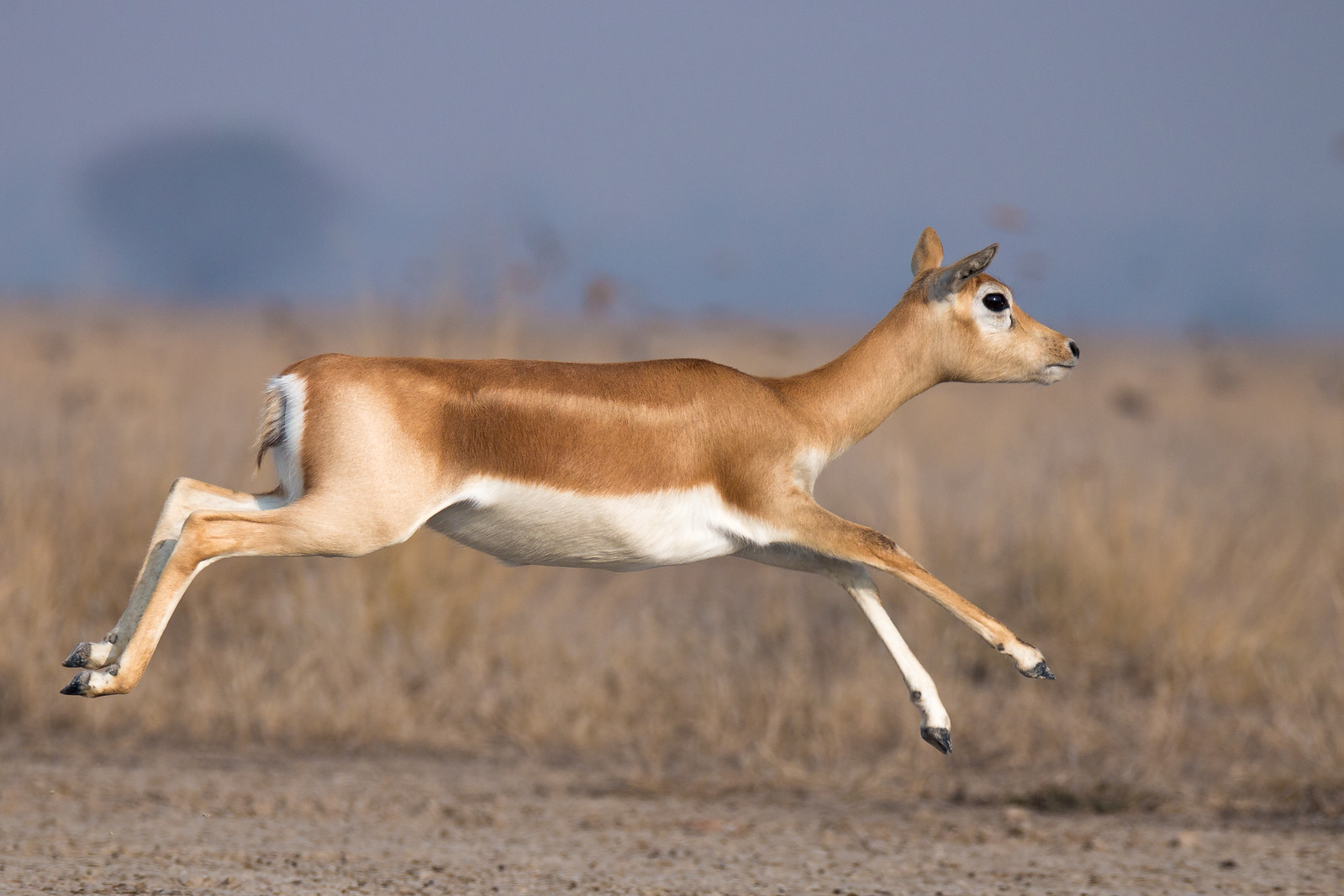 |
| 1/1600 sec @ f /6.3, 428 mm, ISO 200 |
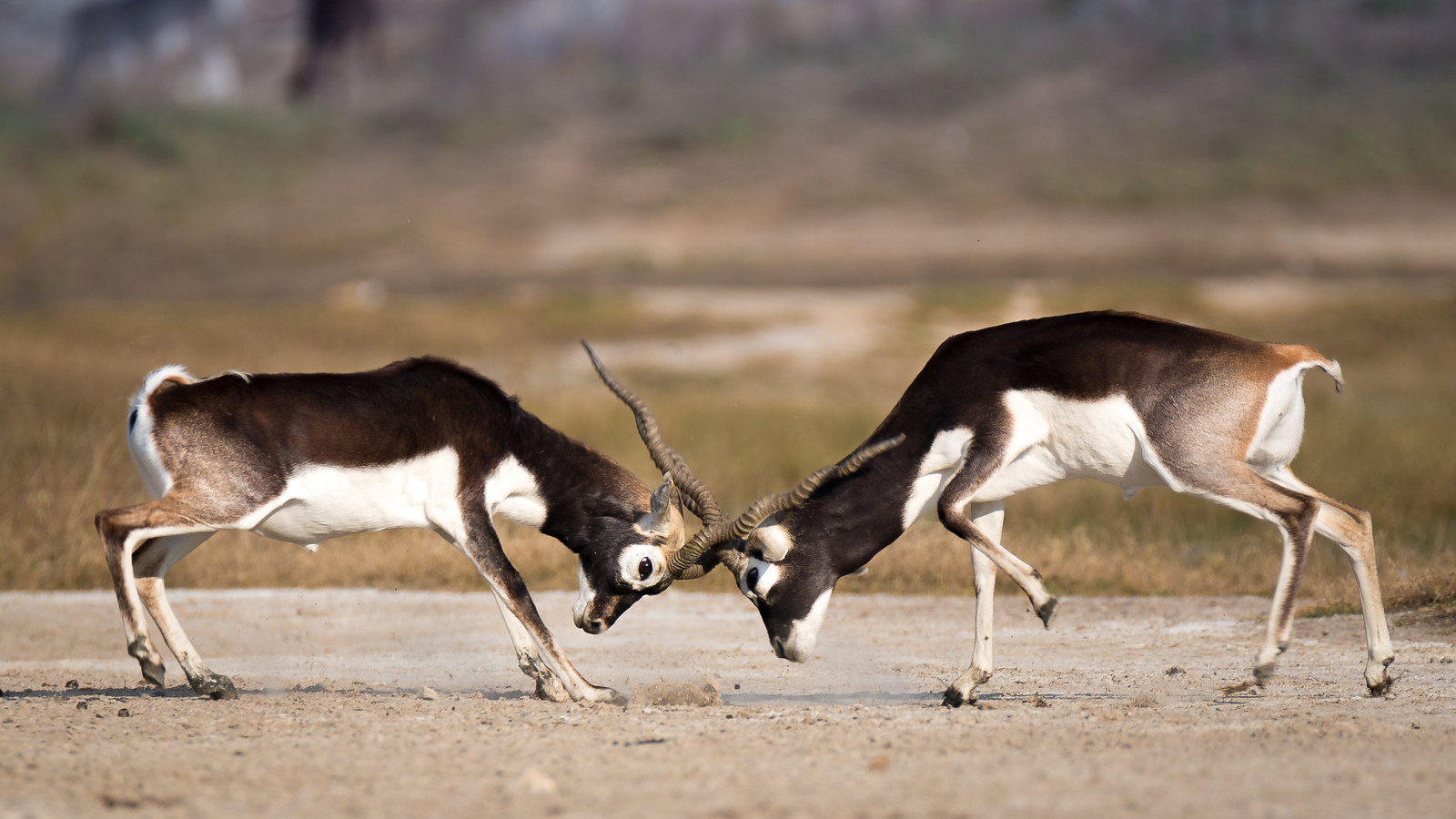 |
| 1/500 sec @ f /6.3, 600 mm, ISO 100 |
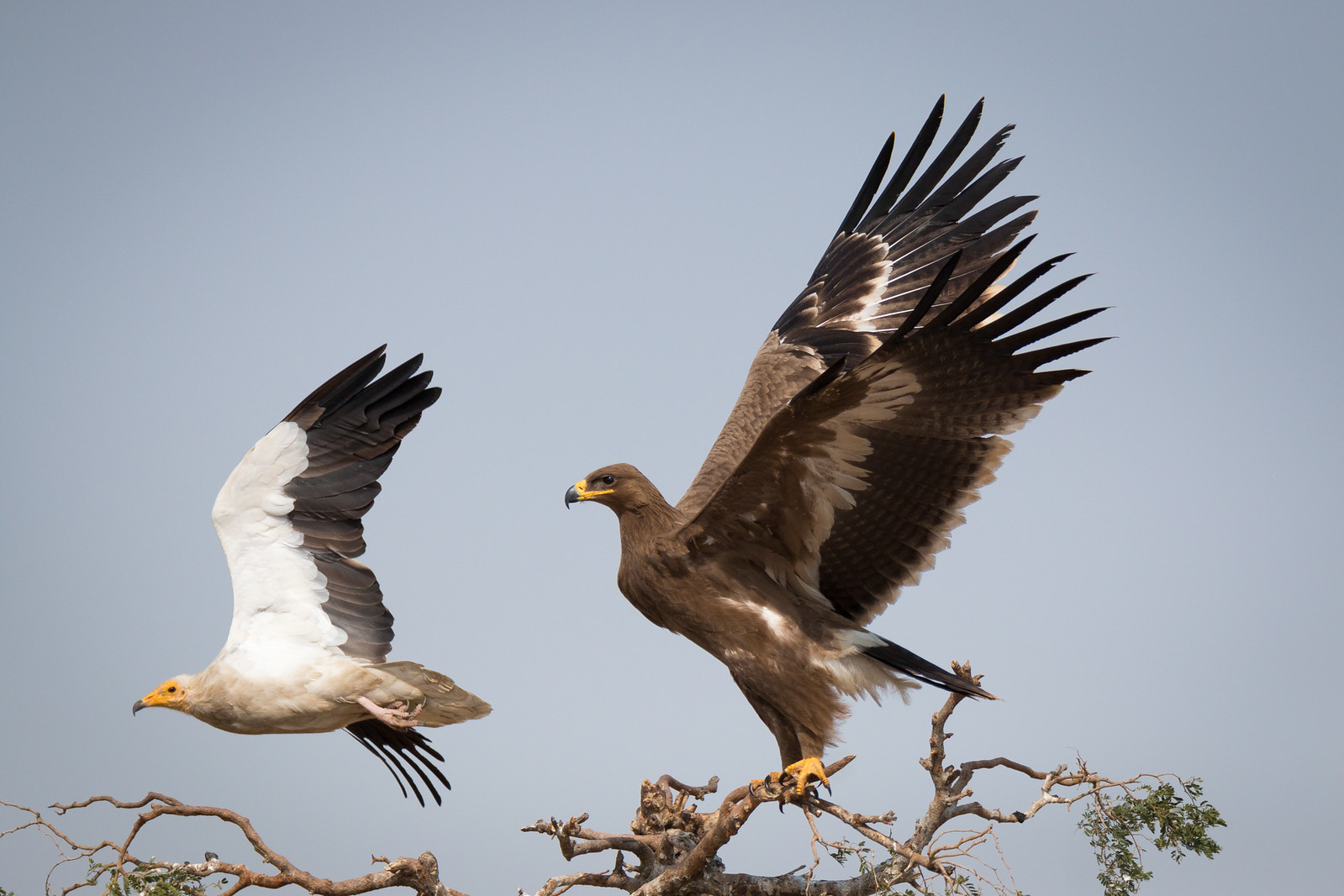 |
| 1/4000 sec @f /5.6, 309 mm, ISO 500 |
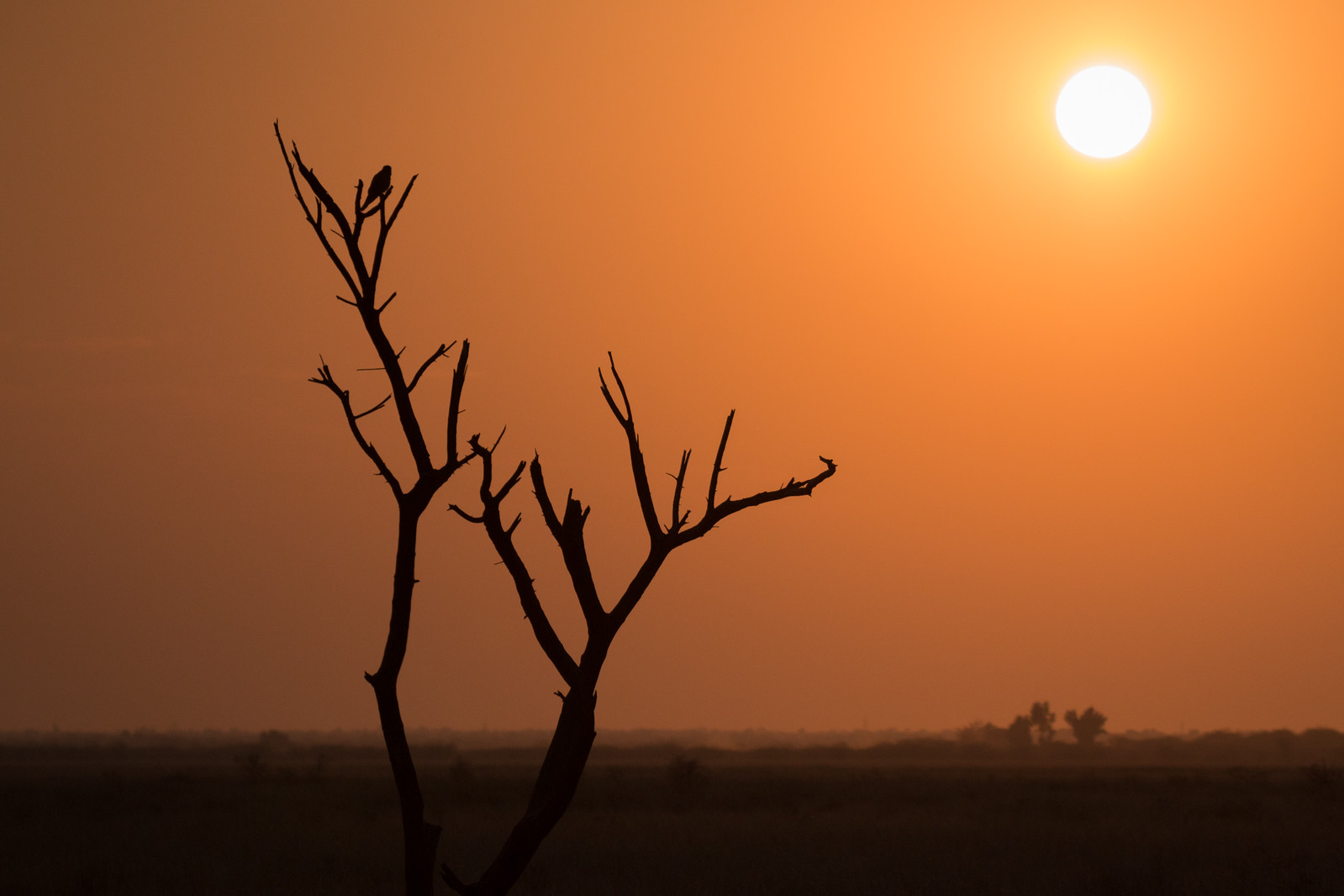 |
| 1/8000 sec @ f /6.3, 150 mm, ISO 500 |
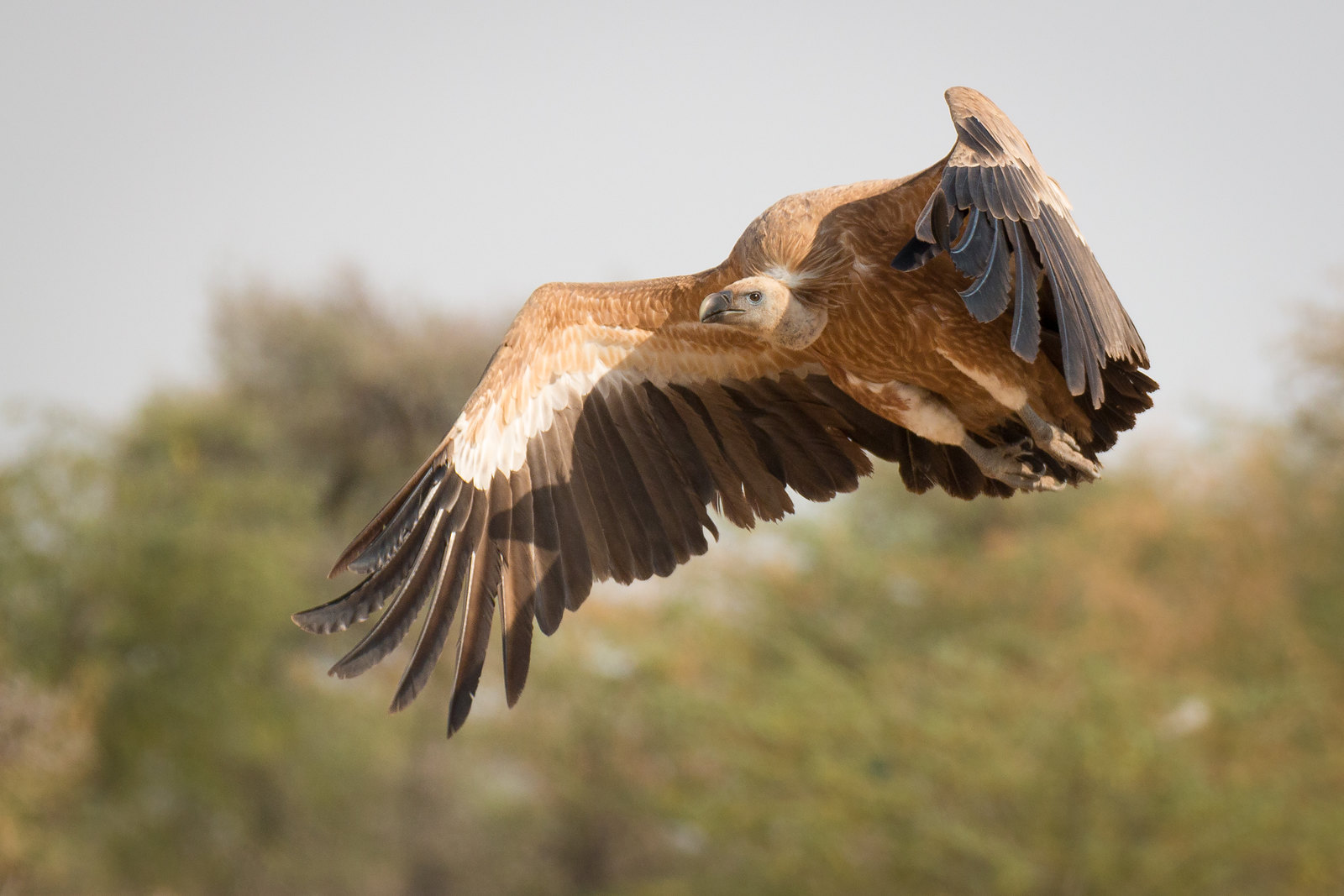 |
| 1/2500 sec @ f /5.6, 329 mm, ISO 500 |


















